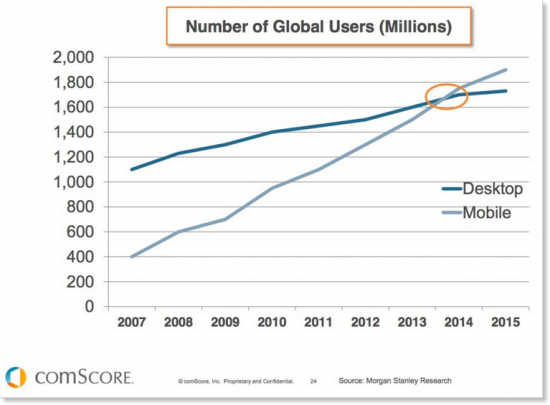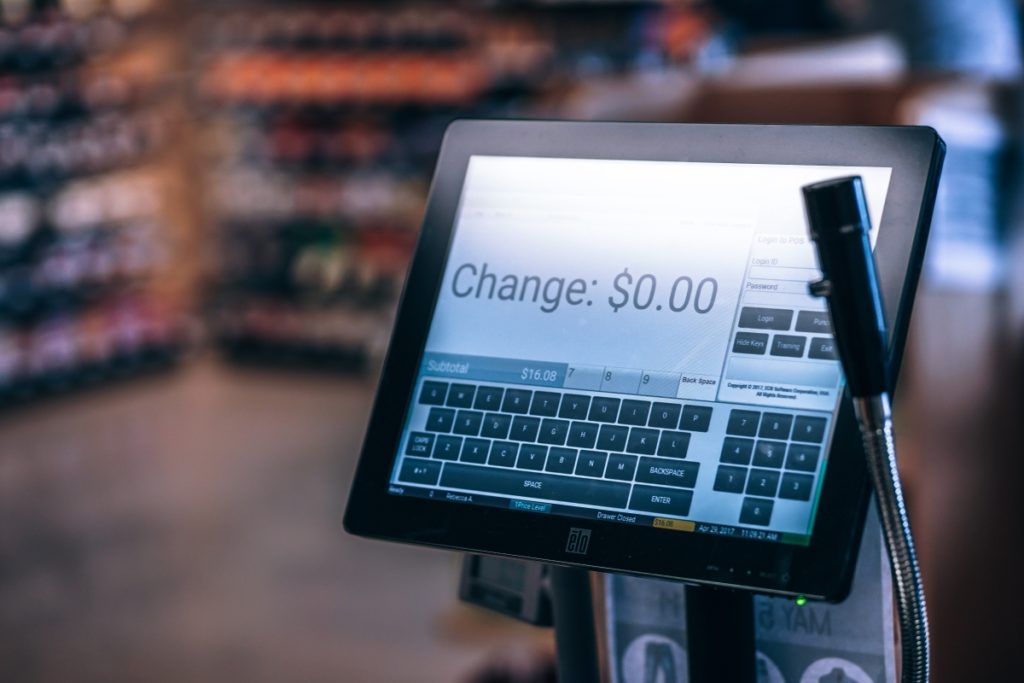As far as e-commerce platforms go, Shopify is easy to use, cost-effective, and (somewhat) SEO friendly. All things considered, users get great value out of Shopify themes, widgets, and cross-channel capabilities. However, Shopify does leave something to be desired for some more code-savvy online retailers. Decide if this tool is right for your e-commerce store by weighing out the pros and cons.
Shopify Pros
1. Excellent Theme Selection
There’s no denying that Shopify has some of the best theme templates available. It offers something for every business model, ensuring every ecommerce site looks stylish and on-brand.
2. Easy to Use Widgets
Shopify’s variety of applications make vamping up your website a simple task. Want to feature new products on your homepage? Consider it done. Need your items specially categorized? No problem, there’s a widget for that.
3. Budget Friendly

Although Shopify customers can upgrade to a paid version, the free templates are usually all business owners need. There are over 100 to choose from, so before signing up for paid services which may require specialty coding, explore the functions and aesthetics of free themes.
4. Flexible Customization
Between Shopify’s customizable themes and applications, business owners often have everything they need to design their online stores. Plus, customer service is always available to help clients problem solve and achieve desired functions when necessary. Even if you make a catastrophic mistake, representatives are there to help.
5. Seamless Social Media Integration
![]()
Social posts provide authentic examples of customers and influencers using your products in their everyday lives. For many ecommerce stores, social media channels drive traffic and lead to final purchases, so Shopify has invested heavily into its seamless social integration. Site headers and footers offer links to store channels, and blog posts allow for easy sharing to personal pages.
Although Shopify customers can upgrade to a paid version, the free templates are usually all business owners need. There are over 100 to choose from, so before signing up for paid services which may require specialty coding, explore the functions and aesthetics of free themes.
6. Facebook and Instagram Sales

According to Nchannel, 20% of online shoppers would be likely to make a purchase from Facebook,” and analysts only expect this trend to grow. That’s why connecting your stores Facebook and Instagram accounts to your ecommerce store is crucial! Luckily Shopify makes it easy to link your store products to Facebook and Instagram posts. The best part is, all sales on these channels are captured through Shopify, meaning you won’t have to hassle with multiple platforms to manage order logistics. Just be sure you review Facebook/ Instagram’s lengthy policies for prohibited content to avoid posting listings that may be flagged or removed.
7. Automatic Feed Plugins
Being your own boss is thrilling, but it keeps you busy juggling a lot of responsibilities. Installing Shopify’s Instafeed plugin takes just minutes and saves you hours of future time. It syncs your ecommerce store and social media accounts, so your website automatically refreshes as you add new posts to Facebook or Instagram. Most importantly, Instafeed is SEO friendly and uses proper rel-canonical tags which keep web crawlers from classifying your feeds as duplicate content.
8. Mobile Responsive Web Design

Statistics show that mobile traffic has finally exceeded desktop; today 52% of all online users are browsing the internet via cell phones and tablets, so it’s time to change the way we design ecommerce sites. In fact, if a business owner chooses not to embrace mobile compatibility, his sites search engine rank is likely to plummet. As of 2018, Google’s search algorithms have implemented “Mobile First Indexing” to prioritize pages optimized for mobile performance. Luckily if you choose Shopify you can rest assured that your website will be mobile responsive! Just about every Shopify theme was built with mobile in mind, and as an added bonus, Shopify sites tend to fall on the leaner end of page speed loading speeds.
9. Cross Channel Capabilities
As the proud founder of an ecommerce site, your goal is to sell products, and Shopify recognizes that doing so means taking advantage of multiple sales channels such as ebay and Amazon. The company states, “It shouldn’t be complicated to expand your reach,” and it makes cross-channel integration a breeze.
10. Simple Ecommerce Setup
Lastly, the Shopify platform is simplistic. The easy setup is unparalleled! Because clients aren’t building custom sites from scratch, many are able to build out fully operational ecommerce stores within just 5-8 hours of creating their accounts.
Shopify Cons
1. A Forced Foundation
Creating a store on Shopify is often described as building a house on a pre-laid foundation. It’s nice because you don’t have to start from square one, but you are forced to follow someone else’s floor plan, so to speak. For most stores, the themes aesthetics may vary to some degree, but process and content will be largely the same for every store.
2. Lacking Checkout Page Customization

Despite everything Shopify does so well, the platforms biggest drawback lies in its lack of checkout page customization. All Shopify ecommerce sites, excluding those using the high-priced Shopify Plus, default to essentially the same checkout process with few features that can be altered for better performance.
Here are the categories which you can edit in the checkout process:
- Style (logo, fonts, and colors)
- Customer Accounts
- Customer Contact
- Form Options
- Order Processing
- Abandoned Checkouts Email Marketing
3. 2-Phase Checkout Only
Shopify sites implement a 2-phase checkout system. Why don’t they allow more customization? Shopify claims the standard 2-phase checkout helps to increase sales. Frankly, we don’t buy it, and neither does the company’s client community.
While it may be the case that in general a 2-phase system works better than a 1-page checkout or 3 or more-page system, this is not always true for store in every industry. Some industries and products do better with more pages in their checkout flow. In fact QuickSprout published a popular article a while back which demonstrated a 3-page checkout outperforming a 2-page checkout.
4. Up-Charging Difficulty
Having the same cookie-cutter checkout page capabilities may not be a big deal for most basic ecommerce sites, but if you’re a vendor who depends on up-charging based on upgraded product features, you may want to take your business elsewhere.
Reason being, you will find it very difficult to give customers the option to add more profitable features to their products at the point of final sale. Of course, you can experiment with Shopify Plus, but that will cost you $2,000+ per month.
5. Poor URL Structure
As an owner of an ecommerce marketing agency that specializes in SEO, this one hits a little close to home. My biggest qualm with Shopify as a CMS might lie in their lack of customization of URL structures.
In addition to limiting customization at checkout, Shopify also gives ecommerce clients minimal options when it comes to changing their URL structures on product, blog, and general pages.
This causes problems because it unnecessarily lengthens URLs and places web assets in parent pages which are unrelated. A perfect example is that Shopify places all general pages as a child of ‘/pages’ (i.e. ‘www.domain.com/page/[URL]’). Not only does this practice clutter URLs, but it also hinders SEO.
According to Search Engine Journal, Avoid Superfluous Words & Characters. They explain that URLs should use as few words as possible to make sure they have a high impact. Ecommerce stores often need to get creative with their parent-child structure to effectively rank to help Google understand site structure; however, keeping URLs tidy can be very difficult on Shopify.
Having explored some pros and cons of using Shopify for your ecommerce store, note that in general the Tekli team are big believers in the platform. Lack of checkout and URL customization is our biggest issue with the platform, but there are plenty of opportunities to launch a flourishing online business with Shopify.
It’s cost effective, easy to use, and awesome in terms of cross-channel and social media integration. If you’ve been toying with the idea of building an ecommerce store, setup your account today to get started.
